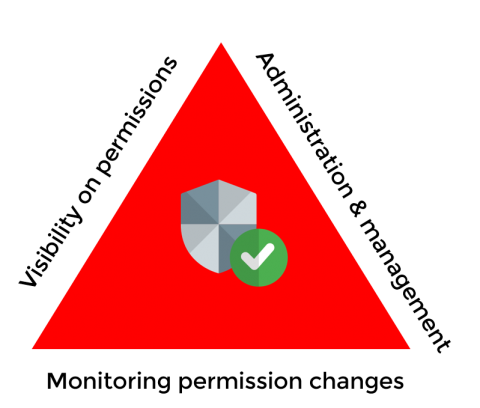Undetected e.04: TomNomNom - Hacking things back together
We know “go hack yourself,” but what about unhack yourself? According to Laura and Tom (@TomNomNom), it means understanding how something is built and how it works, before you can know if you’ve successfully hacked it apart. There were many valuable soundbites to take from this dynamic conversation between host Laura Kankaala and guest Tom Hudson of Detectify.










